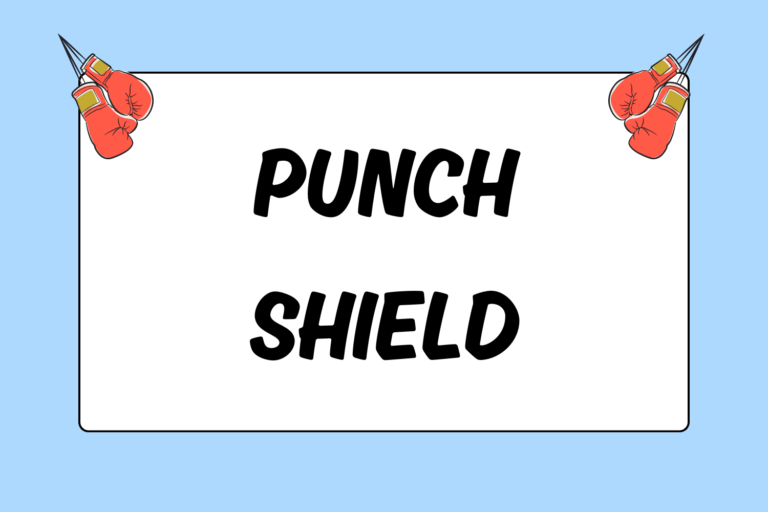Most boxers favor a specific style of fighting — in-fighting, out-fighting, counterpunching — but common threads link each of these styles together. Head movement, for example, is one of the most important aspects of any style. Moving your head makes you an elusive target, and it also creates offensive opportunities. This guide introduces a simple, yet important piece of boxing equipment: The slip bag.
How to Make a Slip Bag
A slip bag is one of the most straightforward pieces of boxing equipment. In fact, most boxing gyms make their own bags to save some money. Normally, the bag is filled with beans, rice, or sand, and it hangs from the ceiling on a chain or rope. It often resembles a deflated speed bag.
If you’d like to create your own slip bag, purchase the items listed below:
- A thick, rubber balloon
- Sand or dry rice
- A tube sock
- Masking tape
- A short, elastic bungee cord
- A hook (which attaches to the ceiling)
Once you have the aforementioned items, follow these steps:
- Take the balloon and fill it with sand or rice. Tie the balloon once it’s full.
- Drop the balloon into the sock and push it to the bottom.
- Tie a knot in the long part of the sock, and then secure the knot with some tape.
- Attach one end of the bungee cord to the sock. Hang the other end of the cord from the hook in the ceiling. Suspend the bag at eye-level.
You can also remove the bladder of a deflated speed bag, fill the bag with beans, rice, or sand, and then suspend the bag from the ceiling.
Amazingly True Story
Legendary trainer Cus D’Amato developed a style relying primarily on effective head movement. The “peek-a-boo” technique involves keeping both hands tight to the face. The fighter then quickly moves his head forward, backward, and side to side, while bending his legs and advancing forward. Mike Tyson, who trained under D’Amato, executed this style with precision.
Slip Bag Drills
Prior to taking on the bag, review basic slipping techniques with our guide on Basic Boxing Defense. Be sure to keep each slip tight and quick. If you slip too wide, you’ll exert an unnecessary amount of energy. In addition, exaggerated movements limit your counterpunching capabilities. Below are some basic drills for the slip bag.
Slip & Dip
Competitive boxers can comfortably slip to either side, and they also know how to dip. The following drill involves both movements:
- Push the bag to give it some momentum.
- Slip to the left as the bag descends toward your face. As the bag bounces back towards the back of your head, slip again. You won’t be able to see the bag; rather, you’ll rely on timing.
- As the bag descends toward your face for the second time, slip to your right.
- As it descends for a third time, dip. You simply need to bend your legs to dip, and the bag should pass directly above your head.
- Practice these basic movements for an entire round. Feel free to vary the sequence.
Slip & Punch
Head movement often sets up offensive opportunities. You must be ready to punch, though, immediately after implementing a defensive technique. Follow these steps to improve the fluidity of your head movement and punching. Note: These instructions are geared towards an orthodox boxer.
- Push the bag to give it some momentum.
- Slip to the left as the bag descends. After you slip, immediately throw a tight left hook.
- Slip to the right as the bag descends toward your face for a second time. Immediately follow your slip with a straight right hand.
- Once you’re comfortable with single punches, implement combos that include uppercuts.
- Practice slipping and punching for an entire round. Your head movement should become constant after some practice, making your slips quick and fluid.
Hot Tip: Partner Drill
Practice with a partner to ramp up the difficulty. Have your partner hold the bag and push it towards you. Slip the bag to either side. Your partner should rebound the bag, but then grab hold of it again. He can throw it whenever he chooses. The point of this drill is to vary the rhythm. You are forced to continue your head movement, but you have to react to the bag’s unpredictability.
Slip, Pivot, & Punch
Many people underestimate the importance of footwork, especially pivots. The following exercise emphasizes pivoting techniques:
- Push the bag to give it some momentum.
- Begin by doing your normal slips on the bag.
- Pivot once you establish a rhythm. Your pivots move in the same direction as your slips. For example, if you slip to the left, then pivot to the left. If you slip the right, then pivot to the right. Plant your front foot no matter which way you turn.
- Move your way around the bag. Push the bag as you change angles so that it moves toward your head on its descent.
In & Out, Side to Side
The pivot drill mentioned above shows how the slip bag improves both footwork and head movement. In-and-out and side-to-side movements are essential as you progress. Advanced footwork not only confuses opponents who’re used to a stationary target, but it also allows you to work your opponent’s body and head at unexpected angles.





